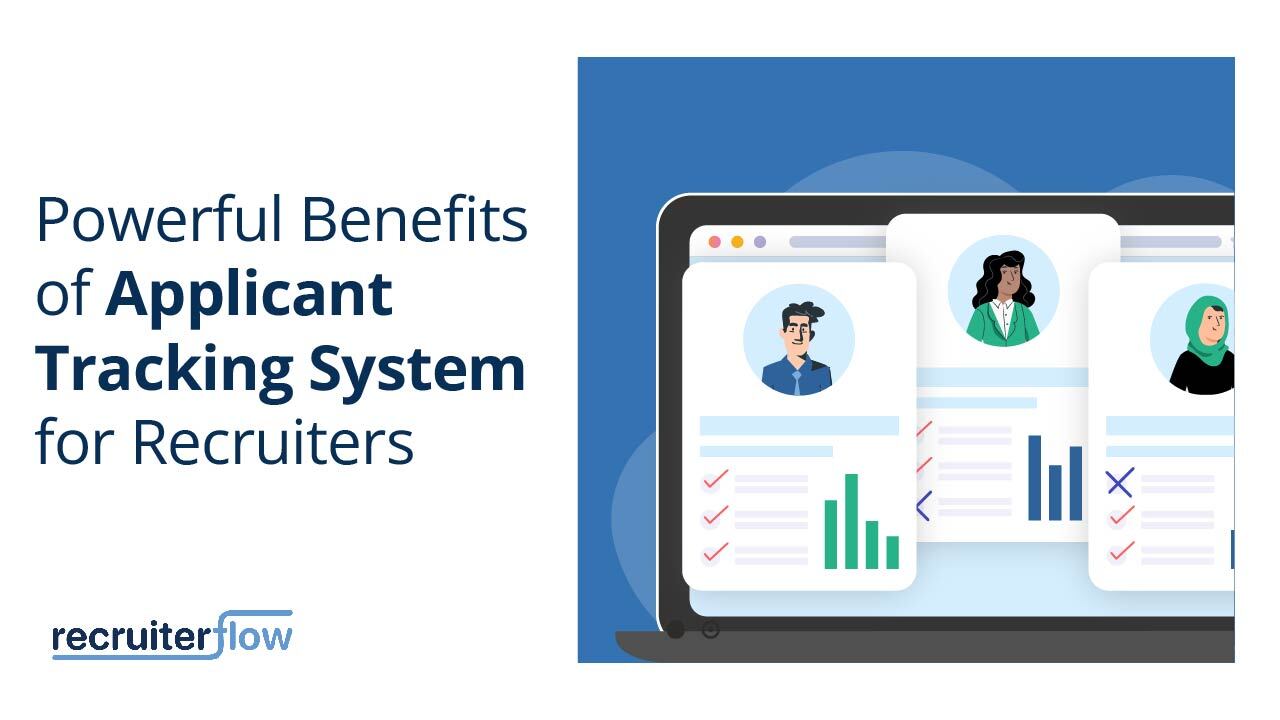
6 Steps to Building a Strong Recruiting Sales Pipeline
One of the biggest mistakes that new recruiters make is that they don’t focus on building a predictable pipeline of leads. Most recruiters prospect until they receive a few job orders, then stop prospecting and work on filling those job orders. This is a problematic approach and a recipe for disaster. Once those open roles are filled, your leads will have dried up and you have to start prospecting all over again. You are back where you started – frantically talking to anyone and everyone because you have no active job orders to work on. The lack of options will drive you to make suboptimal decisions and pick jobs that are out of your area of expertise, put up with bad clients and resort to rolling out discounts to acquire new clients.
Now, imagine this scenario instead; you are neck-deep in job orders but continue to prospect and have 2-3 sales conversations every week. You are now in a position to reject the bad job orders, and bad clients and say no to discounts.
Why? Because in this scenario, you are negotiating from a position of strength.
Reaching this position of strength can be achieved through building a strong and predictable sales pipeline for your recruiting agency or executive search business. That way, at any point in time, you will always know that you have other positive conversations in your pipeline and that assurance helps you reject bad clients, job orders, and discounts.
In this blog post, we offer a step-by-step process to building a predictable pipeline of clients and getting to a position of strength.
1. Build an effective Ideal Customer Profile (ICP)
Creating an ideal customer profile should be the first stage in building your recruiting sales pipeline. Defining clear specific client profiles will ensure that you focus on bringing in deals with a high probability to close. Having the wrong types of accounts in your pipeline can put a strain on your resources and can negatively affect your conversion rates.
Start by creating a list of your 5 best clients, Look for a pattern related to any of the following data points:
- Industry
- Company size
- Geographic location
- Goals
- Pain points and challenges
- Positions they regularly recruit for
Take note of the common denominators between them, and create a description of the ideal company that’s a perfect fit for your recruiting niche. From here, you have the information you need to develop your messaging and start building your pipeline strategy.
Also, read Understanding The Buyers Journey
As time progresses, you may have to refine and rework your ICP a few times. In general, it’s a good rule to revisit your ICP at least once each year and refine it based on your goals. This way, you can always stay on track and be more focused on your sales performance dashboard.
2. Map your market
Based on your ICP, create a list of target accounts and prospects that might benefit from your services. Market mapping will allow you to make data-driven & informed decisions when it comes to prospecting new businesses. It is also a useful tool and is not a one-time process but rather a continuous process where you are constantly cleaning your database and adding to it.
Market mapping will give you answers to the following questions:
- How large is my market and how many prospects exist in it?
- Based on the size of the market, what would be the best channel and strategy to reach out to them?
- Device an outreach strategy that makes sure that you reach out to your prospects at least once a year
Also, check The Ultimate Guide to Drip Marketing for Recruiters
3. Prioritize Your Prospecting:
Equipped with your ICP, build a list of target accounts and prospects and start reaching out to your target prospects.
A common tendency among recruiters is to focus more on prospects who are further along in a pipeline over new ones! It’s natural and only right. However, that doesn’t mean you stop topping off your top of the funnel.
Also check out our blog about complete guide to the recruiting funnel.
Prospects that are further along in your pipeline can be more visible and more comfortable to deal with as you already have an established relationship with them. You tend to spend more time on them as they are the prospects that are “closer to the dollar” while new prospects can seem vaguer and like less valuable. Dealing with them can seem less urgent. This is a common trap that recruiters fall into – Prospect until you have a deal or job order, fill those positions, and then have to start the prospecting process all over again.
Also, check deal tracking in Recruiterflow
The best way to keep your pipeline full and healthy is to prospect regularly. Block time in your calendar solely for prospecting, find businesses that fit your profile and spend that time reaching out to them, either through cold calls or cold emails. Prospect even if you’re slammed with job orders because it not only keeps your pipeline full, it also allows you to earn a position of abundance and walk away from clients that are not a good fit for your business.
Learn more about this in our interview with recruitment coach Jon Chintanaroad
4) Review regularly
Periodic pipeline reviews are key to having a strong and accurate recruiting sales pipeline. Start by setting some time aside every week to clean up your pipeline. Review prospects that you have not heard back from in over a quarter, deals that have been stuck in one stage for longer than normal, and opportunities that have stagnated, and be prepared to remove them.
This can be incredibly hard to do for two reasons: Sunk cost fallacy and loss aversion.
In plain speak, you don’t like to lose! Nobody ever does! However, in order to keep yourself on target and keep your pipeline clutter-free, it is important to understand when to move on. If things don’t seem like they are going to work out now, there is always later!
The right framework to think about this is to understand returns on the marginal time and effort invested.
Let’s say you have a choice between two actions:
- Follow up with a prospect who has gone cold for over a month
- Reach out to a completely new prospect
You now have to decide which action brings more returns in terms of the effort and time you’d invest in taking either of these actions. When you are in a position where you are forced to make this choice, you probably have a better chance of making a sale by reaching out to the new prospect.
It’s the uncomfortable truth and a source of a major mistake that many recruiters make.
It can be tempting to let these prospects stay in your pipeline “just in case” however, it is important to know when to let go. This can be especially hard when you have spent weeks or months building and nurturing a relationship with them however, doing this exercise every week or month and removing these prospects will keep you up to date with your latest interactions and activity, and ensure data and pipeline accuracy. It will also give you a clear picture of which opportunities are most likely to close and how to efficiently distribute your time.
Also, check our blog on the recruitment commission structure.
Before you completely give up on a prospect, you could think of reaching out one last time. If you don’t get a response, It’s time to move on. You can create a new list in your recruiting CRM system of prospects to possibly re-engage with after a year and then focus on the deals that are currently on the table.
5) Managing your outreach
This is where the rubber hits the road! Once you have built a strong list of engaged prospects, the next step is outreach and start building a relationship with potential prospects. This could be done through cold calls, cold emails, or even through social media.
Check out our cold outreach templates here
Identify the ways you can add value to your prospects’ businesses and make sure to demonstrate this value to your leads. This will help to move prospects through your sales pipeline and advance to a stage where you can close the deal and secure job orders for your business. Ensure you have a strong recruiting sales pitch ready and end your pitch with clear next steps.
6) Nurture relationships
As a recruiter, it’s important to spend time building trust with your prospects so they feel comfortable working with you. Nurturing a prospective client relationship over a long period of time is one of the most effective sales strategies, and also one of the most difficult. This step extends across a number of stages in the sales pipeline as it requires a substantial amount of time, energy, and consistency to understand your prospects’ business, and their needs and to show them that you are the right person for the job. But the payoff comes in converting that prospect and landing a new client that genuinely trusts you and is excited to be doing business with you.
Also, read our blog on recruiting skills
Nurturing your client base could be as simple as sharing articles that the prospect will relate to, asking meaningful questions, sharing some personal details of your own, and having conversations about shared interests.
These 6 steps we’ve presented will help you keep your pipeline full and deals moving at a healthy pace, make your work more organized and structured and shorten your sales cycles. With your stages well set up, you will also meet all your numbers and bring results for your recruiting agency or executive search business.


